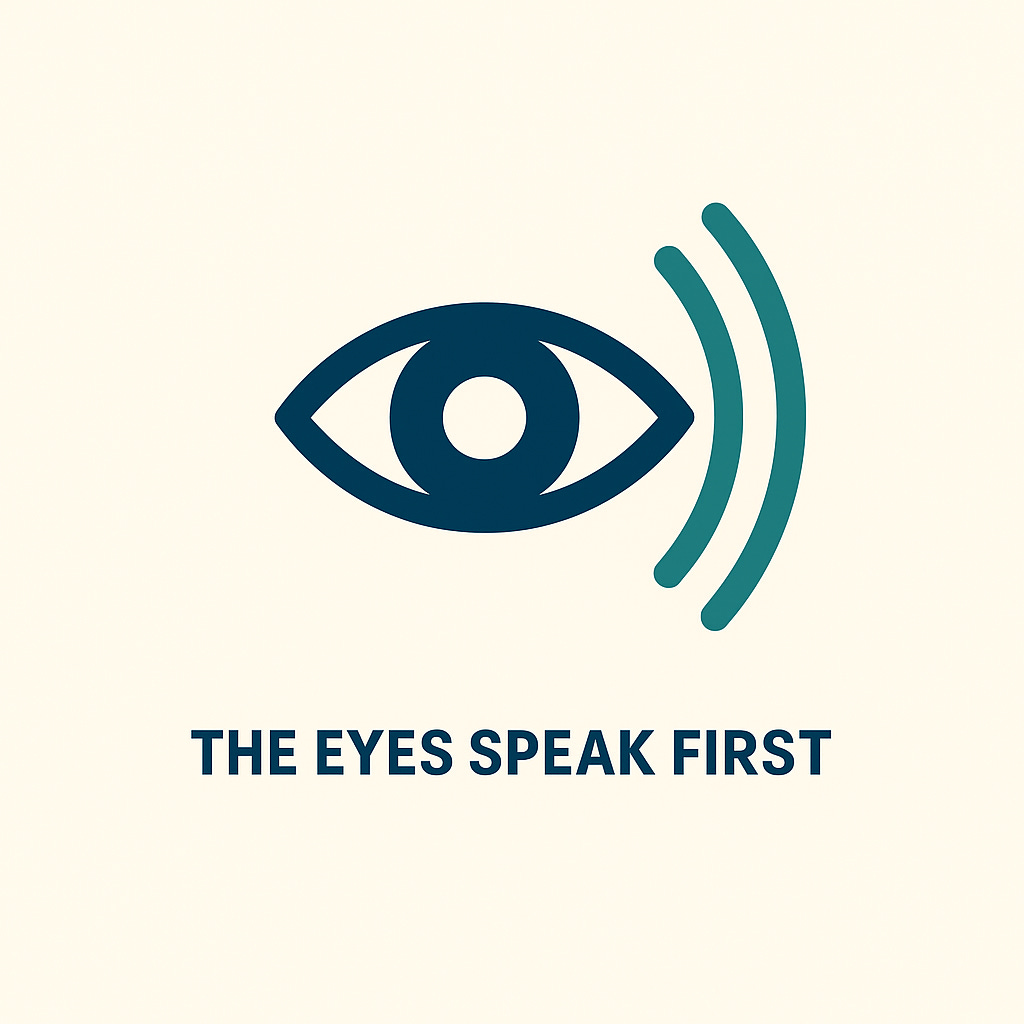Presence Begins with the Eyes
Why your gaze matters more than your slides, notes, or words
Long before you speak, people are already deciding how confident you seem. They notice your posture, your expressions, and especially your eyes.
Attention—the way you hold and direct your gaze—is one of the most immediate signals of confidence. It tells people whether you are truly present with them or lost in your own head.
Holding eye contact for three to five seconds is long enough to convey presence without drifting into a stare. It sounds simple, but in practice, it requires awareness and intention. Connection begins with the eyes.
Why Eye Contact Matters
Eye contact communicates more than words ever could. When you look someone in the eye, you signal respect and engagement. They feel seen. They think you are not just talking at them but with them.
Conversely, if your eyes dart around, stay glued to your notes, or fixate on the floor, you signal insecurity—even if your content is strong.
Early in my career, I often found myself staring at slides during presentations. I was afraid that if I lost my place, I’d stumble. Colleagues later told me, “Your content was good, but it felt like you were talking to the screen, not to us.” They were right. By directing my attention away from the audience, I weakened my presence. Only when I practiced deliberate eye contact—looking at one person for a few seconds, then shifting naturally to another—did my delivery begin to carry authority.
Beyond Presentations
Attention applies in every setting:
One-on-one meetings: set aside distractions and give the other person your full gaze.
Group settings: move your eyes across participants so everyone feels included.
Virtual calls: occasionally look at the camera so remote colleagues feel acknowledged.
The goal is not to stare or lock eyes until it’s uncomfortable. Adequate attention is dynamic. You connect, hold for a few seconds, then move on naturally. That rhythm communicates both calmness and presence.
The philosopher Simone Weil once said: “Attention is the rarest and purest form of generosity.” Confidence isn’t just about how you look—it’s about how much of yourself you are willing to give.
Why It Matters for Technical Professionals
In reviews, presentations, or executive updates, your analysis is only part of the equation. Leaders are also scanning for confidence. If your eyes avoid contact, they interpret doubt. If your gaze is steady, they perceive conviction. The data may be the same, but the perception of your authority changes completely.
How to Strengthen This Skill
Notice your habits: do you look down when unsure? Do you cling to slides for safety?
Practice holding eye contact for three seconds before shifting your gaze.
In larger groups, sweep the room slowly so each section feels included.
On virtual calls, balance looking at faces on screen with looking into the camera.
Practice in low-stakes moments: close your laptop when a colleague stops by, or put your phone away when a friend shares a story.
Authentic attention can’t be faked, but it can be trained. People can tell the difference between eyes that are scanning past and eyes that are truly listening.
Those who command a room often do so less through volume and more through steady eyes. Their gaze communicates trust, and trust carries their ideas farther than words alone.
For engineers and technical experts, this is a valuable tool. You don’t need to invent charisma. You only need to bring your eyes to the room. When your attention is steady, people don’t just hear your words—they feel your conviction.
Reflection Prompts
❶ How do I use my eyes in meetings? Do I avoid, stare, or maintain eye contact?
❷ In virtual calls, how can I strike a balance between reading the room and looking into the camera?
❸ Where can I practice fuller attention in everyday, low-stakes conversations?


